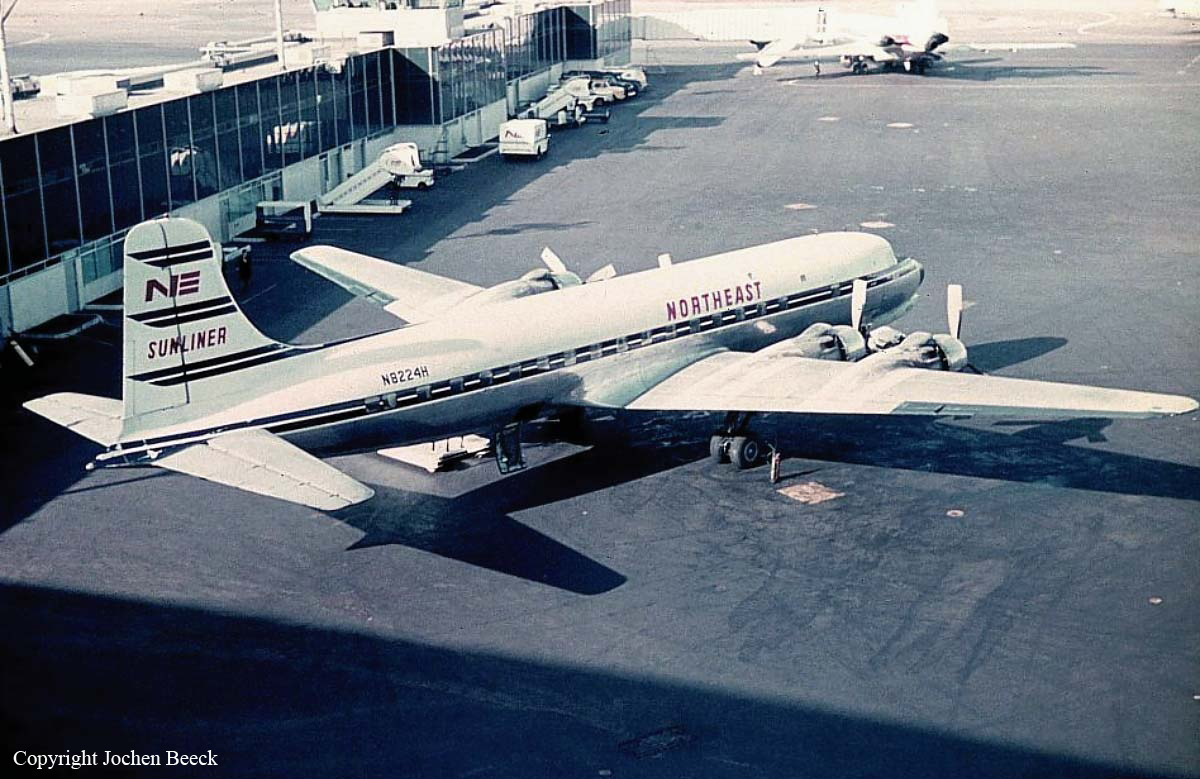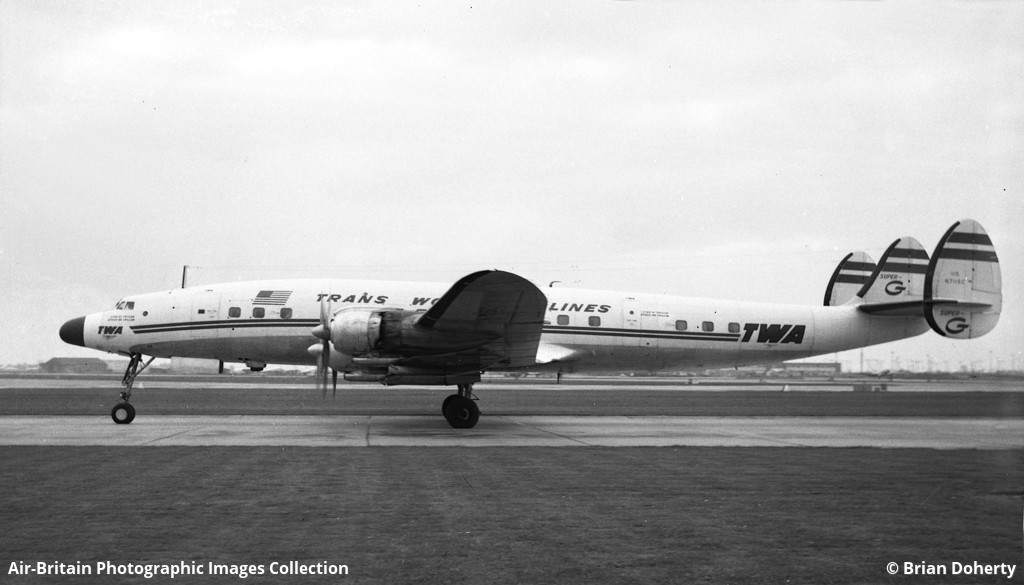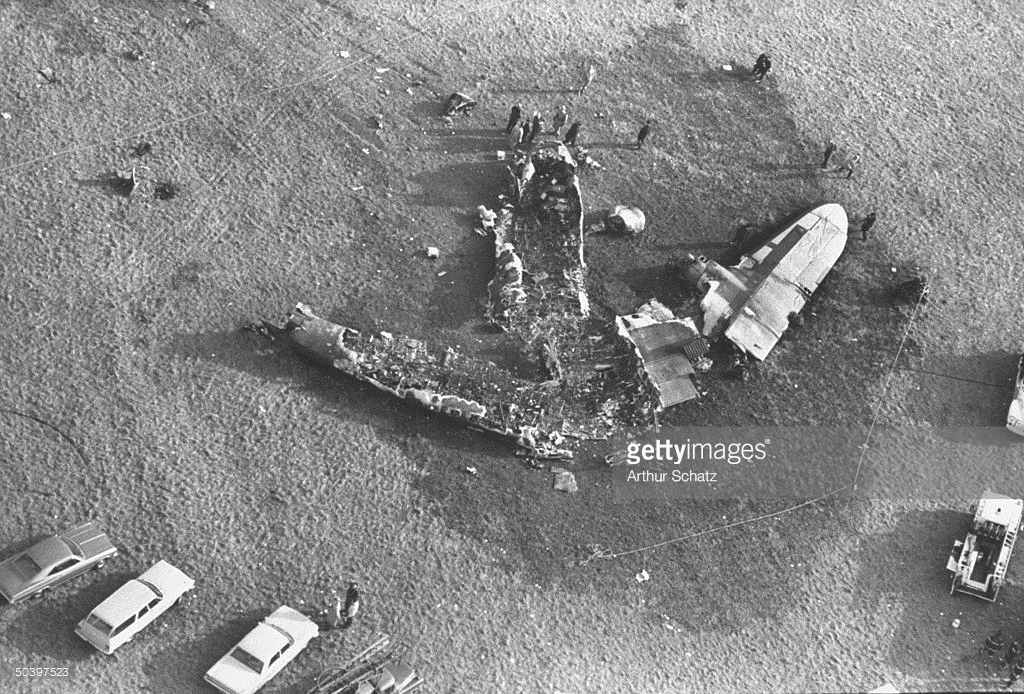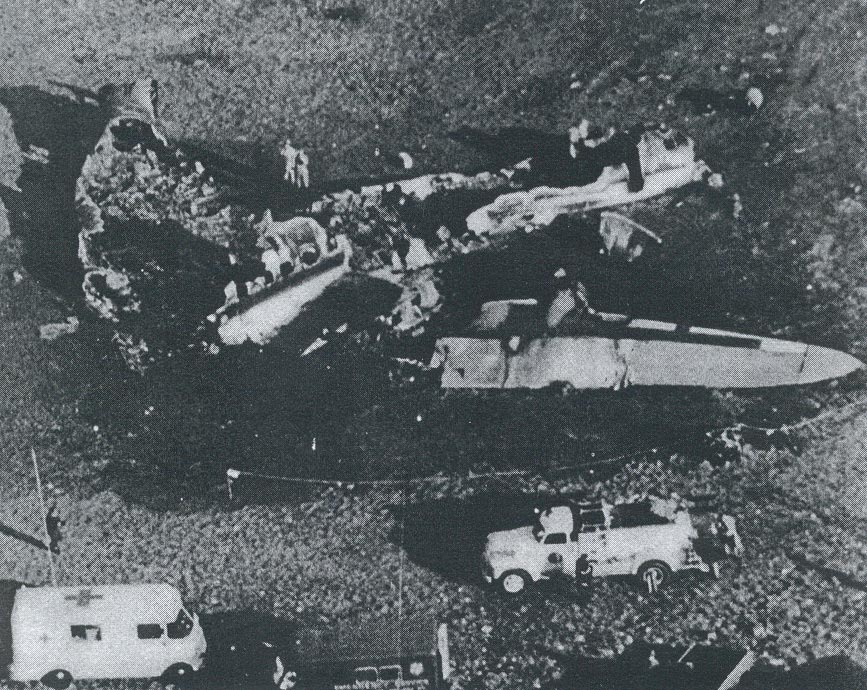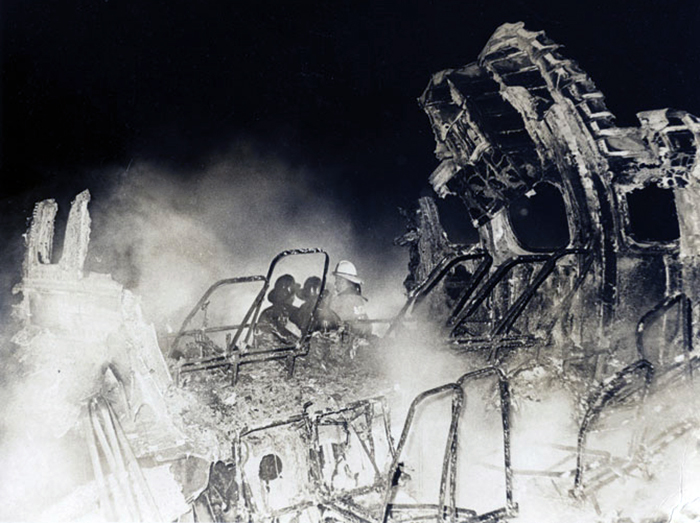Crash of a Beechcraft Queen Air 65 in Albany: 2 killed
Date & Time:
Nov 18, 1968 at 1745 LT
Registration:
N1401M
Survivors:
Yes
MSN:
LC-73
YOM:
1961
Crew on board:
2
Crew fatalities:
Pax on board:
4
Pax fatalities:
Other fatalities:
Total fatalities:
2
Captain / Total hours on type:
350.00
Circumstances:
On final approach to runway 19 at Albany Airport, the crew encountered poor visibility due to low ceiling, rain and fog. On short final, the airplane was too low and crashed into the Mohawk River located about 1,2 mile short of runway threshold. Two passengers were killed while four other occupants were injured.
Probable cause:
The accident was the result of an improper IFR operation on part of the flying crew who descended below the published approach minimums. Limited visibility due to low clouds, rain and fog was considered as a contributing factor.
Final Report:






